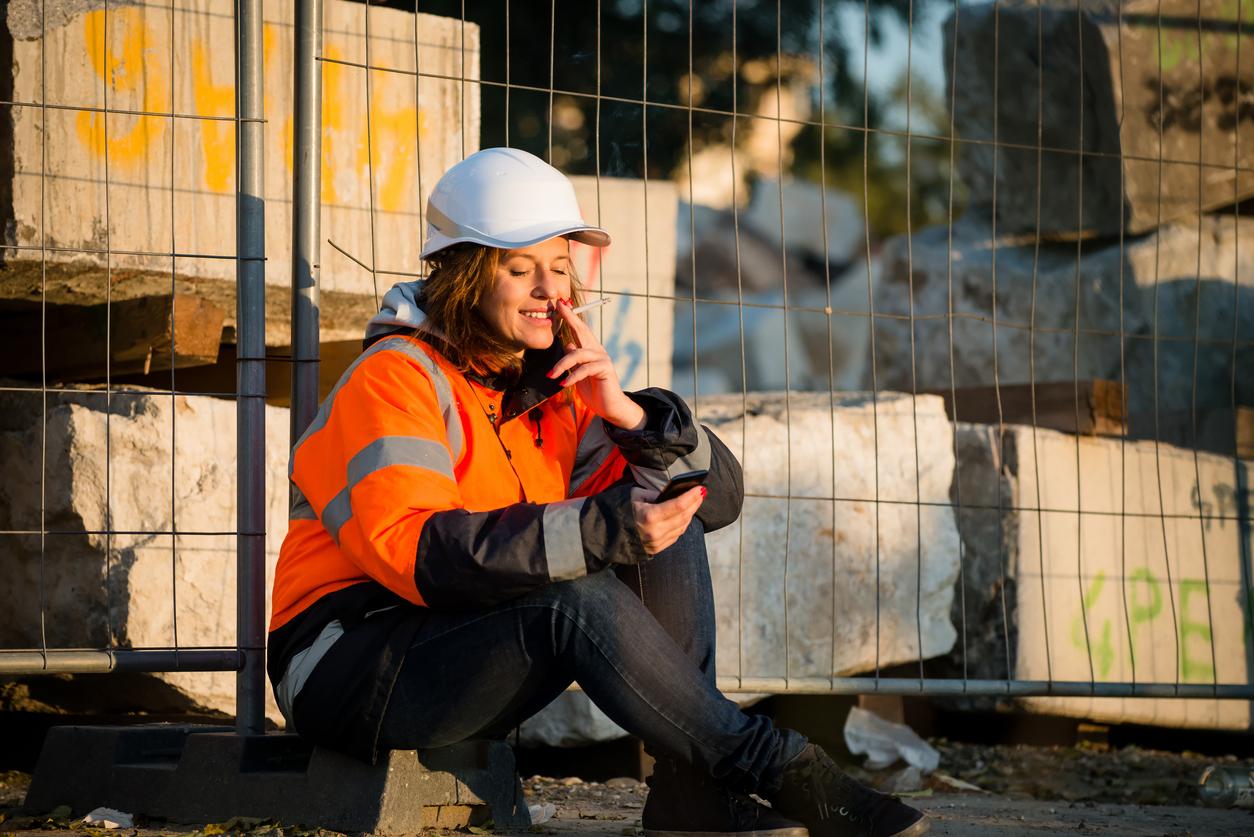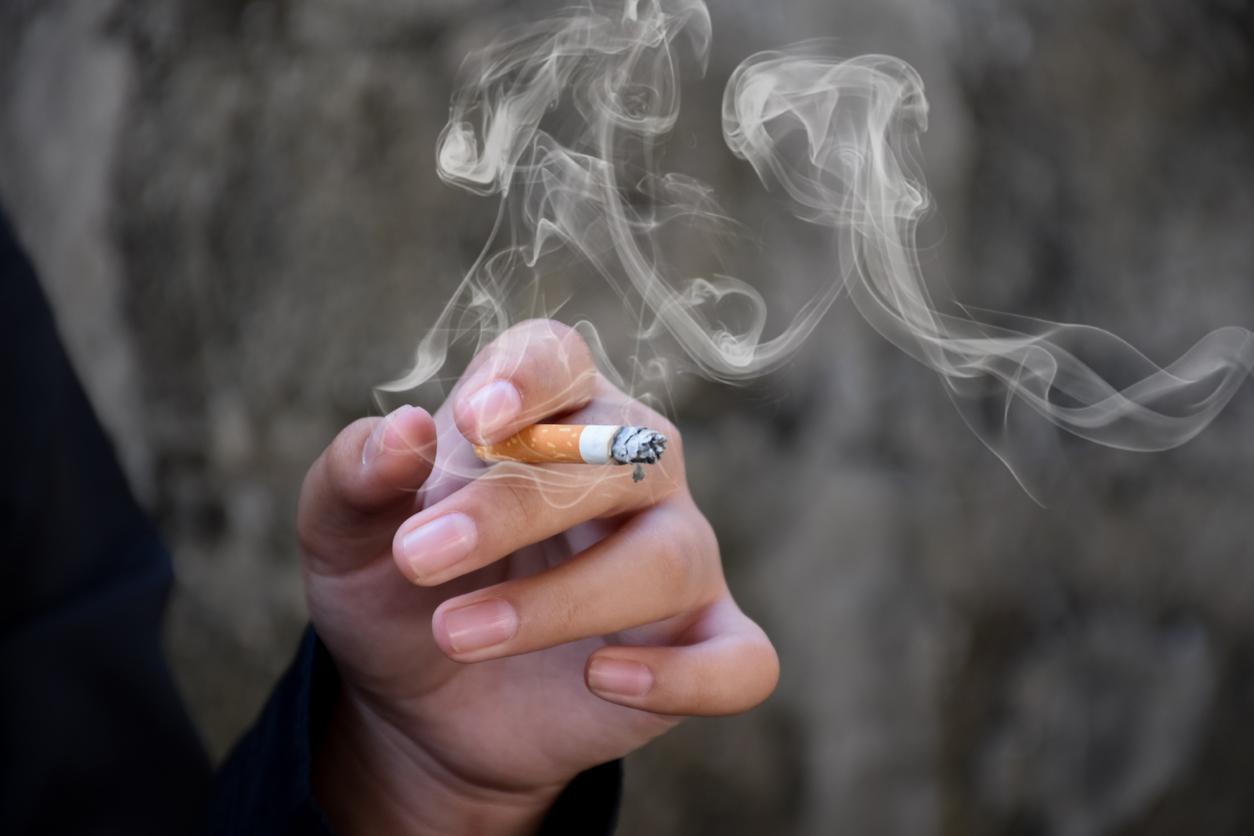In France, 240,000 donors are registered in the bone marrow donation register. Called Veilleurs de Vie, they agreed to donate their bone marrow anonymously and at any time in their lives to patients affected by serious blood pathologies. Find out what a bone marrow donation is used for and how it takes place, to perhaps become one of the next 18,000 Life Watchers.
What is bone marrow donation used for?
Donated bone marrow is used to cure serious blood diseases, such as cancers, leukemias, lymphomas, genetic diseases that affect red blood cells (sickle cell disease) and those that affect the white blood cells (bubble children). In France, 2000 patients need a bone marrow donation each year. A quarter of them are lucky enough to have a compatible donor in their family, the remaining three quarters need an anonymous donor ready to help a patient they don’t know. “All diseases combined, thanks to bone marrow donation, there is a 63% chance of recovery at 5 years” explains Dr. Marry.
Who can donate bone marrow?
You must be between 18 and 50 years old, be in perfect health (not have a chronic illness, not take medication regularly), undergo a blood test and accept anonymity to become Life Watchers. “It is really essential that donors become Life Watchers, that they update their contact details and that they are ready to respond without concession on the day when they can save a life”, reminds Dr. Marry. “If we have reached the objective of 240,000 donors, we want to recruit 18,000 new Life Watchers each year. Our priority, men and populations of diverse genetic origins, Asian, African and Middle Eastern”.
Is marrow donation dangerous for the donor?
As the bone marrow regenerates very quickly, a donor does not take any risk for his health. “Bone marrow donation is always carried out with the donor’s safety in mind,” recalls Dr. Marry. “From the moment a compatibility between a donor and a patient has been established, the Veilleurs de Vie redo a medical check-up, blood tests to organize a collection without risk”.
How is the bone marrow donation done?
If there is a one in 1 million chance of being compatible and giving his marrow, those registered in the register will be able to take several compatibility tests during their life as Life Watchers. These blood tests are painless and do not require great availability.
But once the compatibility is established, the donor will have to pass a new medical interview and blood tests 3 weeks before the donation to detect all the contraindications.
Bone marrow donation can take place in two ways, or by puncture or by tri-cell. Whatever the procedure, the donor is fully supported and all costs will be reimbursed.
The choice of intervention is up to the transplant doctor who decides after analyzing the patient’s needs.
Donation by intra-osseous donation, or stem cell puncture takes place in the hospital under a short (1 hour) general anesthetic and carries no risk of paralysis. The donor is hospitalized the day before and leaves the day after the puncture. Carried out in the posterior bones of the pelvis, it allows stem cells and their environment to be aspirated. For 2 to 3 days, the donor may suffer from severe hematoma-type pain which will be relieved by analgesics such as doliprane. “Pain is a fairly personal and variable concept, but after a puncture, conventional analgesics are sufficient to calm it. There is no need to give morphine painkillers,” says Dr. Marry. In general, a sick leave of one week is prescribed and the donor then returns to a perfectly normal professional and personal life.
Tri-cell sampling involves stimulating the production of cells in the bone marrow and “bringing” them out into the blood. The donor will take a growth factor drug for 4 to 5 days, morning and evening, then the cells will be recovered thanks to one or two painless samples (apheresis) of 4 hours.
During a collection by cell sorting, the donor is more often sick while taking the drug, because this injection performed by a nurse can cause side effects similar to flu symptoms (fever, body aches). Analgesics such as doliprane are sufficient to relieve this pain.
In the context of an anonymous donation, once a compatible donor has been found for a patient, he remains affiliated with the patient for the possibility of other donations. He will no longer be able to give except within the family framework.
To find out all about the terms and to pre-register, future donors must go to the site, http://www.dondemoelleosseuse.fr/ and make an appointment for the first medical interview and blood test.
Read also:
I give my pads
Blood donation: how does it work?
Testimonial: I donated my bone marrow















